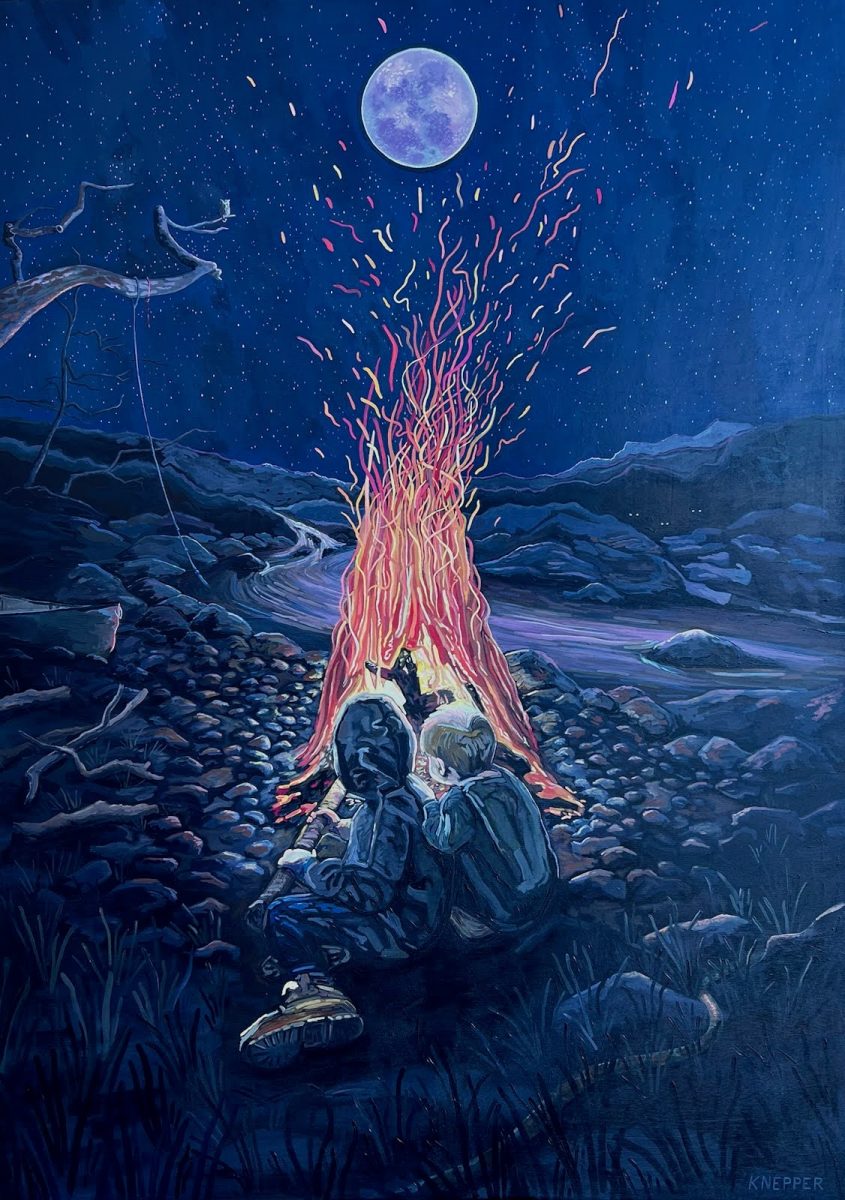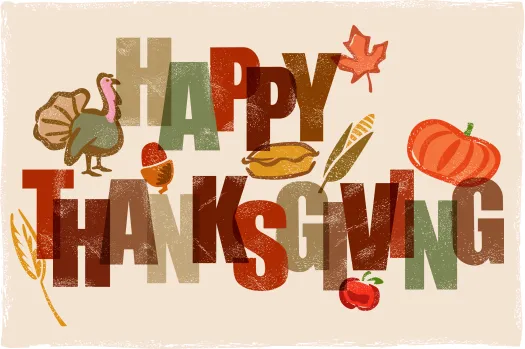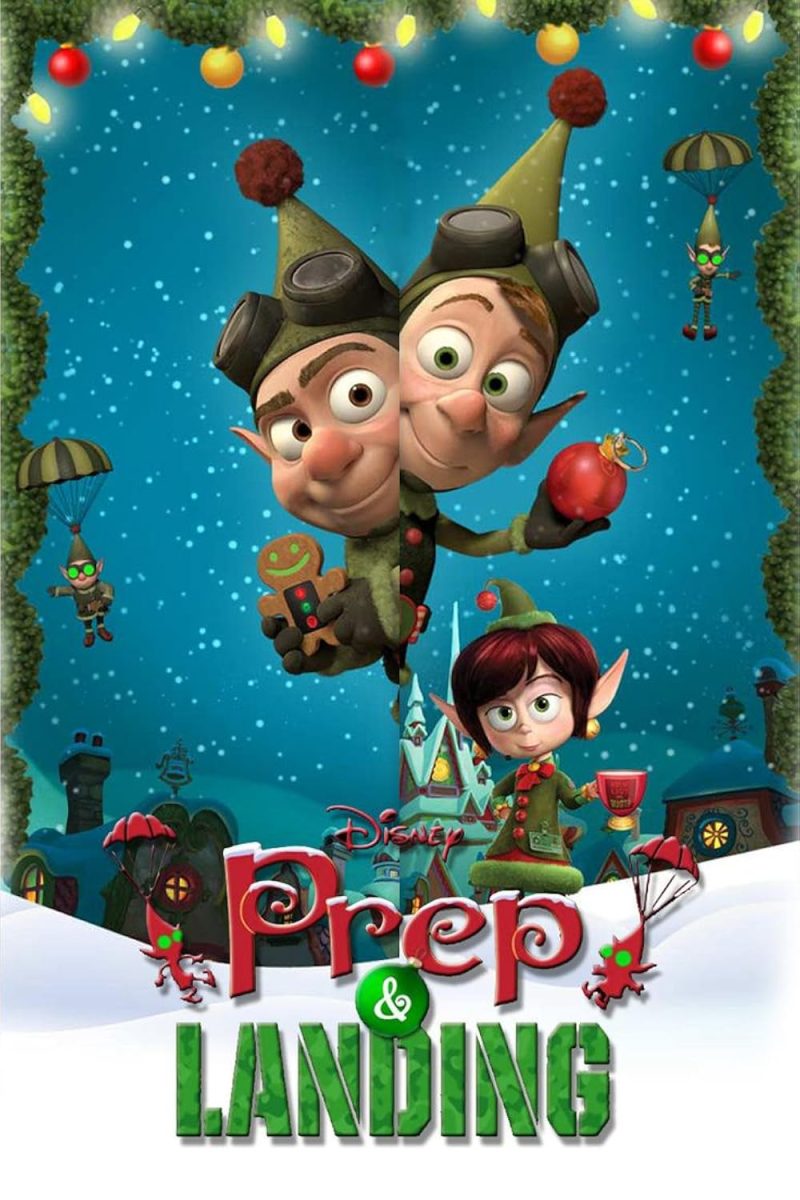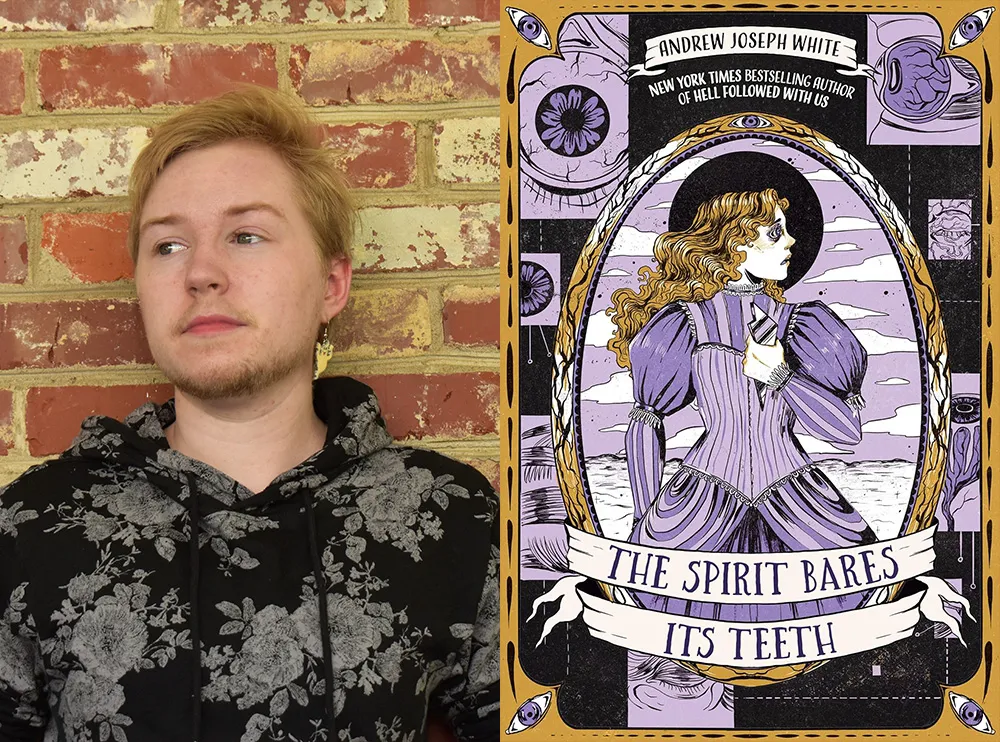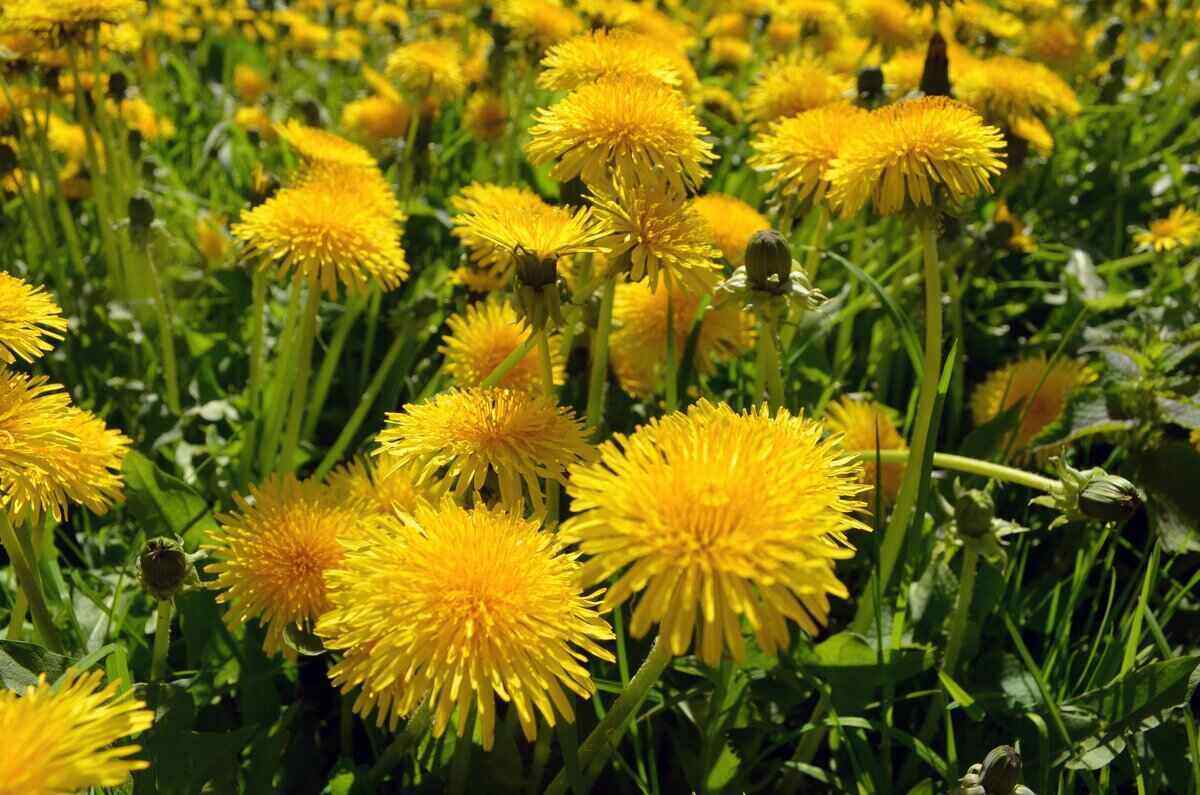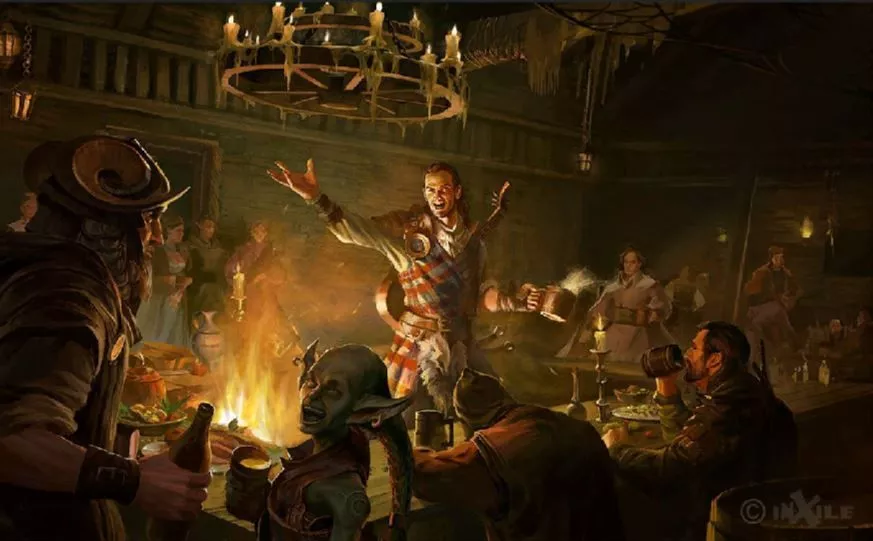
The “Monster Manual” for the fifth edition of Dungeons and Dragons (DnD) by Wizards of the Coast (WotC) is a book containing hundreds of monsters that can be used within the game of DnD. The book lists these monsters alphabetically, and includes a statblock for each monster, which is a collection of skills and abilities the monster has. The book includes lore about some of the more powerful or popular monsters, and because this book is made by WotC, the company that owns DnD, all of the lore included in this book is official.
Throughout the book, the two most prevalent diction types are formal and concrete. There are, however, snippets of informal diction, represented by notes from named characters within DnD. The only named character referenced multiple times in the book however, is X the mystic. The only information given about X in the book is within his six rules of dungeon survival, which are quoted throughout the book, but they do hint at his experience adventuring.
In the book figurative language is used to describe the various creatures that appear in the book. The book also uses a formal tone. There is also dialogue that is quoted in the book, though there is not much of it.
Because the book lists so many monsters to use as examples, and it has guidelines in the beginning on how to create your own monster, more experienced players may use the book to create their own monsters. However, newer players can benefit from just using the base monsters in their own games. No matter how long you’ve been playing though, the book is used by most as a bestiary, a way to look at a lot of monsters in the game, and all their lore and stats.
Unfortunately, this book is far from perfect. One problem I have with the book is that the monsters are sorted alphabetically. I would have preferred to have the monsters sorted by strength, or by the type of monster. This would allow anyone looking for a specific monster to quickly find it, because most of the time anyone using this book doesn’t know the name of the monster they are looking for, so an alphabetical sorting system makes it difficult to find a monster. Additionally, the book lacks a lot of information about how the monsters survive on their own. Considering a lot of the monsters inside have less than human intelligence, I would have appreciated a look at how big some monsters’ lairs are, or how big of an area they hunt.
With the negatives of this book out of the way, let’s move on to why I love this book. To start, the art is gorgeous; almost every, if not every, monster has a piece of artwork right next to the statblock. There’s also artwork between monsters, such as someone wrestling a werewolf, so it’s not just art of what monsters look like. Also, the book makes it clear on how to make a new monster of your own, and gives guidelines within the book on how to do so. This can be incredibly helpful for newer players who want to make something new, as they will be less familiar with the game’s mechanics. Overall, I w

ould rate this book a 9/10; there’s definitely room for improvement, but most of my gripes with this book are nitpicky things only a more experienced player would appreciate.











